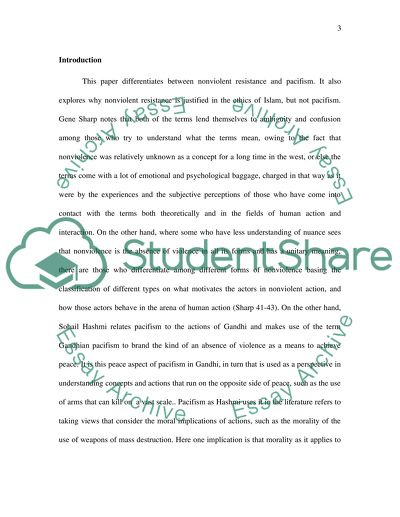Cite this document
(“The difference between nonviolent resistance and pacifism Essay”, n.d.)
Retrieved from https://studentshare.org/philosophy/1475207-what-is-the-difference-between-nonviolent
Retrieved from https://studentshare.org/philosophy/1475207-what-is-the-difference-between-nonviolent
(The Difference Between Nonviolent Resistance and Pacifism Essay)
https://studentshare.org/philosophy/1475207-what-is-the-difference-between-nonviolent.
https://studentshare.org/philosophy/1475207-what-is-the-difference-between-nonviolent.
“The Difference Between Nonviolent Resistance and Pacifism Essay”, n.d. https://studentshare.org/philosophy/1475207-what-is-the-difference-between-nonviolent.


